-
Posts
2.058 -
Joined
-
Last visited
-
Days Won
51
Posts posted by Genava55
-
-
-
Xenophon, "Constitution of the Lacedaimonians" 12: Seeing that the angles of a square are useless, he introduced the circular form of camp, except where there was a secure hill or wall, or a river afforded protection in the rear. [2] He caused sentries to be posted by day facing inwards along the place where the arms were kept, for the object of these is to keep an eye not on the enemy but on their friends. The enemy is watched by cavalry from positions that command the widest outlook. [3] To meet the case of a hostile approach at night, he assigned the duty of acting as sentries outside the lines to the Sciritae. In these days the duty is shared by foreigners, if any happen to be present in the camp. [4] The rule that patrols invariably carry their spears, has the same purpose, undoubtedly, as the exclusion of slaves from the place of arms. Nor is it surprising that sentries who withdraw for necessary purposes only go so far away from one another and from the arms as not to cause inconvenience. Safety is the first object of this rule also. [5]
Thucydides, "History of the Peloponnesian War" 5.71: Before they had actually closed a thought occurred to Agis. All armies, when engaging, are apt to thrust outwards their right wing; and either of the opposing forces tends to outflank his enemy's left with his to outflank his enemy's left with his own right, because every soldier individually fears for his exposed side, which he tries to cover with the shield of his comrade on the right, conceiving that the closer he draws in the better he will be protected. The first man in the front rank of the right wing is originally responsible for the deflection, for he always wants to withdraw from the enemy his own exposed side, and the rest of the army, from a like fear, follow his example. In this battle the line of the Mantineans, who were on the Argive right wing, extended far beyond the Sciritae: [2] and still further, in proportion as the army to which they belonged was the larger, did the Lacedaemonians and Tegeans on the Lacedaemonian right wing extend beyond the Athenian left. [3] Agis was afraid that the Lacedaemonian left wing would be surrounded, and, thinking that the Mantineans outflanked them too far, he signalled to the Sciritae and the old soldiers of Brasidas to make a lateral movement away from his own division of the army, and so cover the line of the Mantineans: to fill up the space thus left vacant he ordered Hipponoidas and Aristocles, two of the polemarchs, to bring up their two divisions from the right wing, thinking that he would still have more troops than he wanted there, and that he would thus strengthen that part of his line which was opposed to the Mantineans.
@AIEND During the battle of Mantinea (418 BC), it seems the Sciritae were fighting as a battle line. Thus, as infantrymen.
-
 1
1
-
-
-
@LordGood Well done.

-
 1
1
-
-
-
https://www.laopiniondemalaga.es/sociedad/2022/11/14/mano-irulegi-hallan-texto-antiguo-78547146.html
Mano de Irulegi: hallan el texto más antiguo en lengua vascónica, precursora del euskera
La inscripción, una pieza de bronce, data del siglo I a.C. y confirma la alfabetización de los antiguos vascones, con un sistema gráfico propio derivado de una variante del signario paleohispánico

-
English translation
Tacitus, Germania, 39: The Semnones give themselves out to be the most ancient and renowned branch of the Suevi. Their antiquity is strongly attested by their religion. At a stated period, all the tribes of the same race assemble by their representatives in a grove consecrated by the auguries of their forefathers, and by immemorial associations of terror. Here, having publicly slaughtered a human victim, they celebrate the horrible beginning of their barbarous rite. Reverence also in other ways is paid to the grove. No one enters it except bound with a chain, as an inferior acknowledging the might of the local divinity. If he chance to fall, it is not lawful for him to be lifted up, or to rise to his feet; he must crawl out along the ground. All this superstition implies the belief that from this spot the nation took its origin, that here dwells the supreme and all-ruling deity, to whom all else is subject and obedient. The fortunate lot of the Semnones strengthens this belief; a hundred cantons are in their occupation, and the vastness of their community makes them regard themselves as the head of the Suevic race.
Tacitus, Annals, 60: This language roused not only the Cherusci but the neighbouring tribes and drew to their side Inguiomerus, the uncle of Arminius, who had long been respected by the Romans. This increased Cæsar's alarm. That the war might not burst in all its fury on one point, he sent Cæcina through the Bructeri to the river Amisia with forty Roman cohorts to distract the enemy, while the cavalry was led by its commander Pedo by the territories of the Frisii. Germanicus himself put four legions on shipboard and conveyed them through the lakes, and the infantry, cavalry, and fleet met simultaneously at the river already mentioned. The Chauci, on promising aid, were associated with us in military fellowship. Lucius Stertinius was despatched by Germanicus with a flying column and routed the Bructeri as they were burning their possessions, and amid the carnage and plunder, found the eagle of the nineteenth legion which had been lost with Varus. The troops were then marched to the furthest frontier of the Bructeri, and all the country between the rivers Amisia and Luppia was ravaged, not far from the forest of Teutoburgium, where the remains of Varus and his legions were said to lie unburied.
Tacitus, Annals, 61: Germanicus upon this was seized with an eager longing to pay the last honour to those soldiers and their general, while the whole army present was moved to compassion by the thought of their kinsfolk and friends, and, indeed, of the calamities of wars and the lot of mankind. Having sent on Cæcina in advance to reconnoitre the obscure forest-passes, and to raise bridges and causeways over watery swamps and treacherous plains, they visited the mournful scenes, with their horrible sights and associations. Varus's first camp with its wide circumference and the measurements of its central space clearly indicated the handiwork of three legions. Further on, the partially fallen rampart and the shallow fosse suggested the inference that it was a shattered remnant of the army which had there taken up a position. In the centre of the field were the whitening bones of men, as they had fled, or stood their ground, strewn everywhere or piled in heaps. Near, lay fragments of weapons and limbs of horses, and also human heads, prominently nailed to trunks of trees. In the adjacent groves were the barbarous altars, on which they had immolated tribunes and first-rank centurions. Some survivors of the disaster who had escaped from the battle or from captivity, described how this was the spot where the officers fell, how yonder the eagles were captured, where Varus was pierced by his first wound, where too by the stroke of his own ill-starred hand he found for himself death. They pointed out too the raised ground from which Arminius had harangued his army, the number of gibbets for the captives, the pits for the living, and how in his exultation he insulted the standards and eagles.
Tacitus, Annals, 62: And so the Roman army now on the spot, six years after the disaster, in grief and anger, began to bury the bones of the three legions, not a soldier knowing whether he was interring the relics of a relative or a stranger, but looking on all as kinsfolk and of their own blood, while their wrath rose higher than ever against the foe. In raising the barrow Cæsar laid the first sod, rendering thus a most welcome honour to the dead, and sharing also in the sorrow of those present. This Tiberius did not approve, either interpreting unfavourably every act of Germanicus, or because he thought that the spectacle of the slain and unburied made the army slow to fight and more afraid of the enemy, and that a general invested with the augurate and its very ancient ceremonies ought not to have polluted himself with funeral rites.
Spanish translation
Tácito, Germania, 39: Los semnones dicen que son ellos los más antiguos y más nobles de los suevos, y confírmase la fe de su antigüedad con una ceremonia religiosa. En cierto tiempo del año se juntan todos los pueblos de aquella nación por sus embajadores en un bosque consagrado de sus antepasados con supersticiones y agüeros, y, matando públicamente un hombre, celebran los horribles principios de su bárbaro rito. Reverencian asimismo este bosque sagrado con otra ceremonia. Que ninguno entra en él sino atado como inferior, y mostrando y confesando en eso la potestad de Dios. Y si acaso cae, no le es lícito levantarse, y se ha de ir revolcando por el suelo. Y toda esta superstición se endereza a mostrar que allí ha tenido origen su gente; que Dios, señor de todos, habita allí, y que todas las demás cosas están sujetas y obedientes. Añade autoridad a esto la multitud de los semnones, porque habitan cien ciudades, y por su grandeza se tienen por cabeza de los suevos.Tácito, Anales, 60: Movieron estas palabras no sólo a los queruscos, pero las naciones vecinas; con que inducido a seguir su partido Inguiomaro, tío paterno de Arminio, de antigua autoridad y crédito con los romanos, pusieron al César en mayor cuidado; y así, temiendo que no le cargase encima todo el peso de la guerra, para divertir al enemigo envió a Cecina con cuarenta cohortes romanas al río Amisia, por las tierras de los brúcteros. Pedón, prefecto del campo, llevó la gente de a caballo por los confines de Frisa; él, haciendo embarcar cuatro legiones, las pasó por el lago, conque se vinieron a recoger junto a las riberas de aquel río, la infantería, caballería y armada. Los caucios, que ofrecían ayuda a los romanos, fueron recibidos en su compañía, y los brúcteros, que quemaban sus propias tierras, rotos por Lucio Estertinio, a quien Germánico envió contra ellos con gente suelta; el cual, entre la matanza y la presa, halló el águila de la legión diez y nueve, perdida con Varo. Pasó después el ejército a las últimas partes de los brúcteros habiéndose quemado el país que cierran los ríos Amisia y Lippa, no lejos del bosque de Teutobergue, donde decían hallarse todavía sin sepultura los huesos de las legiones de Varo.
Tácito, Anales, 61: De aquí le vino deseo al César de hacer las funeralias a los capitanes y soldados muertos allí, movido a compasión todo el ejército, por la memoria de sus parientes y amigos, del caso mismo de la guerra y fortuna de los hombres. Fue enviado delante Cecina a reconocer la espesura de las selvas, hacer puentes y calzadas en los lugares pantanosos y atolladeros; marchan, pues, por aquellos lugares tristes y dolorosos, horribles a la vista y la memoria. Veíanse los primeros alojamientos de Varo, de gran circuito, y medidos los principios, mostraban ser de tres legiones; las trincheras después, medio arruinadas y el foso poco hondo, daban indicio de haberse retirado allí las reliquias del ejército. Veíanse por la campaña los huesos blanqueando, esparcidos o juntos, según habían huido o hecho rostro; pedazos de armas, huesos de caballos, cabezas de hombres ensartadas en los troncos, y en las selvas vecinas estaban los bárbaros altares sobre los cuales habían sido muertos los tribunos y los centuriones del primer orden. Algunos que se habían hallado en la rota, escapados de la refriega o prisión, decían: Aquí cayeron muertos los legados; allí tomaron los enemigos las águilas; acullá recibió Varo la primera herida, y allí, con su infelice mano, se atravesó el pecho; en qué tribunal hizo su parlamento Arminio; cuántas horcas mandó hacer para los cautivos; cuántas sepulturas; cómo y con cuánta soberbia hizo escarnio y burla de las banderas y de las águilas.
Tácito, Anales, 62: Así el romano ejército, seis años después de aquel estrago, recogió los huesos de las tres legiones, sin poder discernir si eran de los extraños o de los suyos, cubriéndolos a todos con tierra, como si fueran de amigos o parientes, y aumentando con este acto el enojo y furor contra el enemigo. Al fabricar el túmulo, puso el César el primer césped, gratísimo para con los difuntos y compañero de los presentes en el dolor. No aprobó este hecho Tiberio, o porque daba siempre malos sentidos a las acciones de Germánico, o porque pensase que el ejército, con la vista de sus compañeros muertos y sin sepultura, se haría más lento para llegar a las manos y tendría más temor al enemigo. Fuera de que a un general ornado con el oficio de augur y de las más antiguas ceremonias divinas no le estaba bien hallarse en mortuorios.
-
 1
1
-
 1
1
-
-
28 minutes ago, wowgetoffyourcellphone said:
Perhaps the Grove of Fetters can be depicted in some way, or the aftermath of Teutoburg Forest.
The Semnonenhain is a good candidate but I don't know how to depict a grove properly. Is it possible to adapt the structure with the biome? Like calling an entity dynamically for the structure.
-
18 hours ago, Lion.Kanzen said:
@Genava55 any reference for marvels/wonders?
Nope. The special places of the Germans, like sanctuaries, gathering place, assemblies/senates were open-field and delimited with simple structures.
One of the best preserved village is Feddersen Wierde but the biggest structure there is simply a longhaus.
-
 2
2
-
-
-
8 hours ago, Ultimate Aurelian said:
Not really evidence but i read the Mars of Todi was dedicated by someone with a Celtic name (Ahal Trutitis); although not sure if it's supposed to be scale (It is also interpeted as lamellar or even cloth armor)
It is lamellar and probably leather. It fits the description of the word "lorica" by Varro:
"Lorica 'corselet', because they made chest-protectors from lora 'thongs' of rawhide"
If the dedicant is possibly a Celt, it is written in Umbrian and the conception is Etruscan. Celtic individuals have married Etruscans, it is clear that Celtic people lived among Etruscans, Latins, Umbrians and Samnites during the 5th and 4th century BC.
-
On 28/10/2022 at 3:48 AM, Ultimate Aurelian said:
By the way, maybe the use of metallic scales is not proven but this armor could be used for a hero like Brennus or Viridomarus. This is plausible that a Celt in Italy could have such.
-
 1
1
-
-
23 minutes ago, Ultimate Aurelian said:
Is it accurate to have a bronze version of this helmet?
I think they were a later type and all finds are made of iron, but i might be wrong
Indeed, those on the right belong to a type only known to be made of iron. Those on the left, currently in iron, existed in iron and in an assembly of iron and bronze (Novo Mesto).
Anyway it is not the biggest issue, but I should have mentioned it as a minor point as well.
Thanks a lot.
-
5 hours ago, Carltonus said:
Whose idea was to add these "naked fanatics" actor to these citizen soldiers back then, by any chance? My suggestion used to be a 1/10 (or less like 1/13) chance of being a naked fanatic for elite/champion infantry melee for consistency. Or maybe the illustrations were a bit exaggerated, I suppose...
I think the implementation was made by @wackyserious but I am not sure. I understand the idea but I think it is more confusing than helpful by bringing diversity. Your idea is a bit better but it would require a bit of coding.
The fanatic is also exclusive to the Gauls, so it is also important to not make the two factions more confusing.
-
 1
1
-
 1
1
-
-
-
Pictish symbols

-
 4
4
-
-
Current models in game, released alpha 26.
SpoilerGallic Basic Javelineer
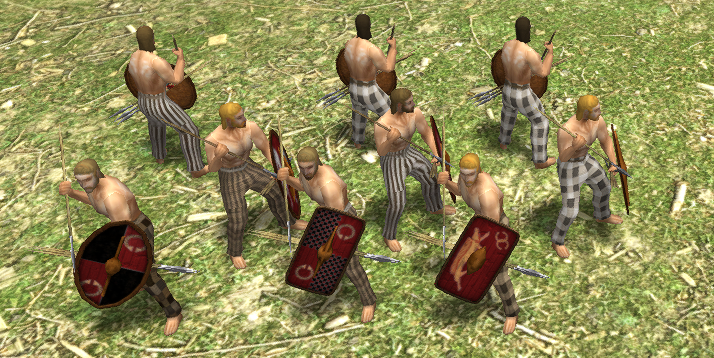
Gallic advanced javelineer
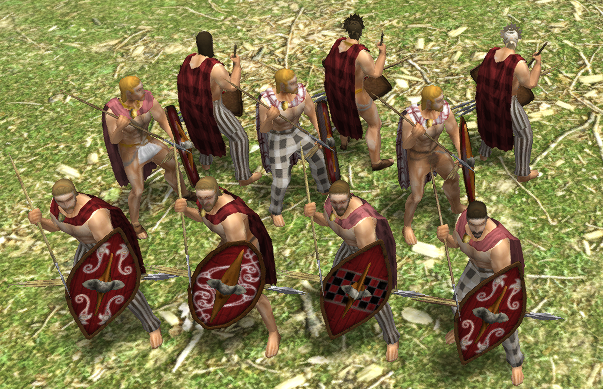
Gallic elite javelineer
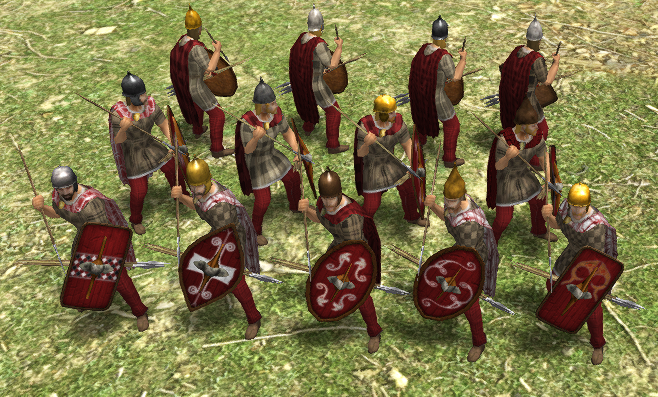
Gallic basic slinger
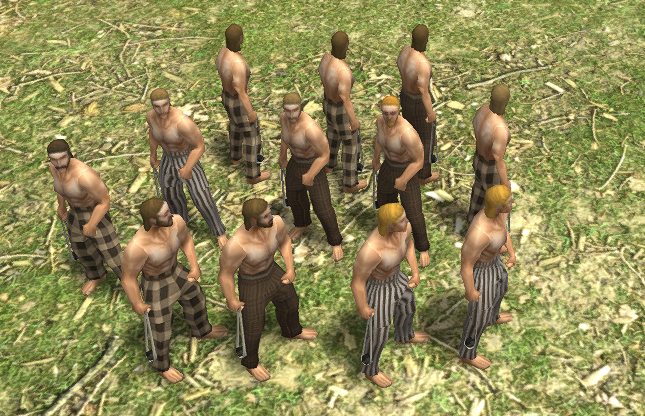
Gallic advanced slinger
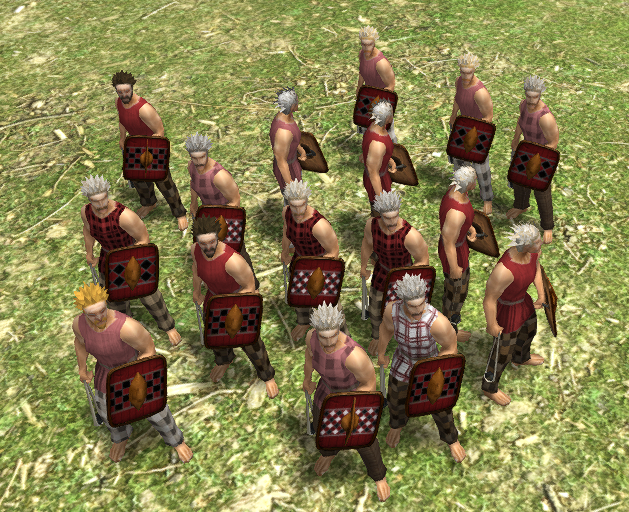
Gallic elite slinger
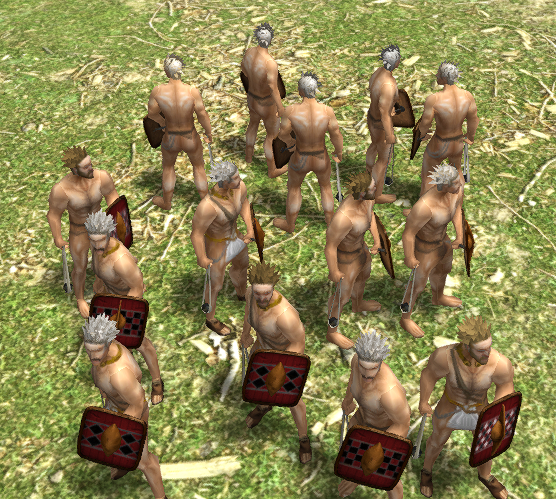
Gallic basic spearman
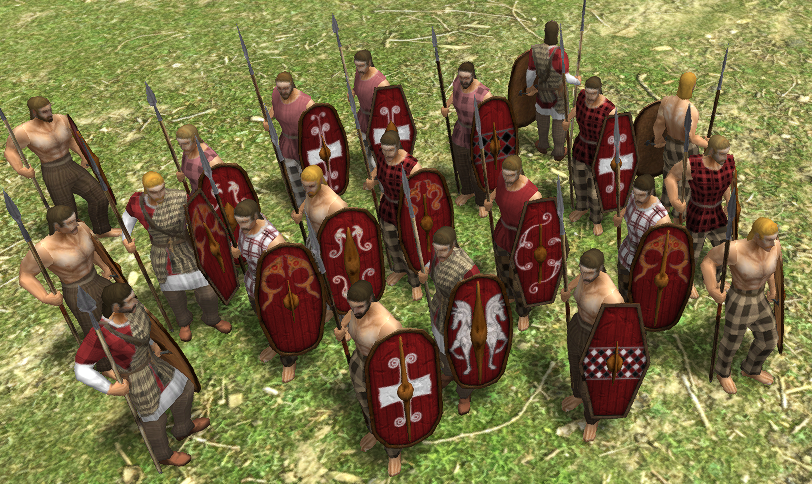
Gallic advanced spearman
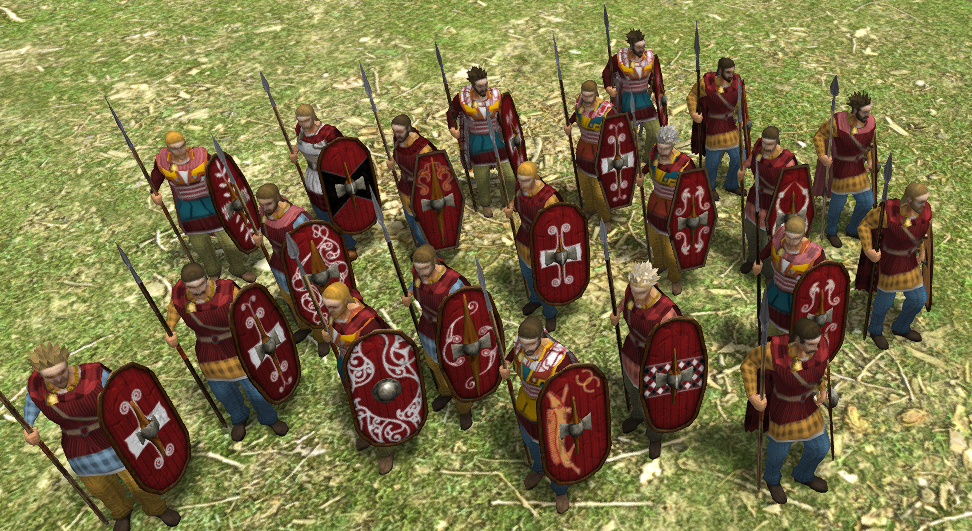
Gallic elite spearman
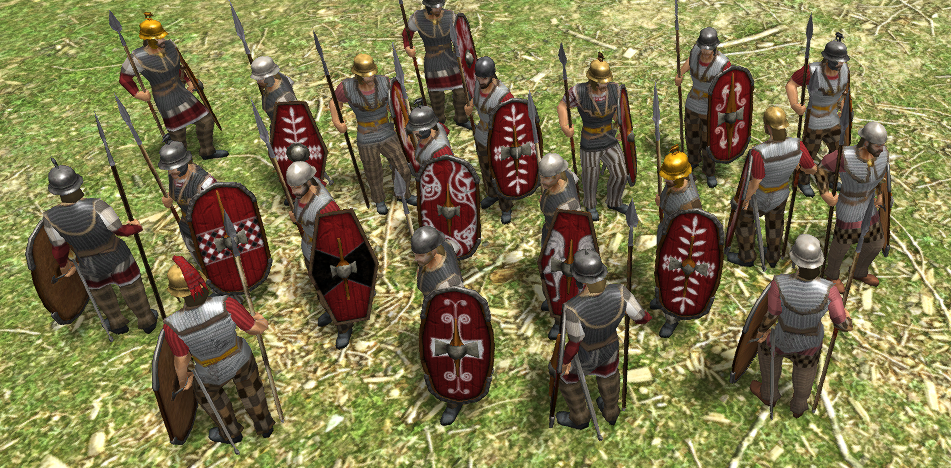
Gallic basic cavalry swordsman
Gallic advanced cavalry swordsman
Gallic elite cavalry swordsman
Gallic basic cavalry javelineer
Gallic advanced cavalry javelineer
Gallic elite cavalry javelineer
Britonnic basic javelineer
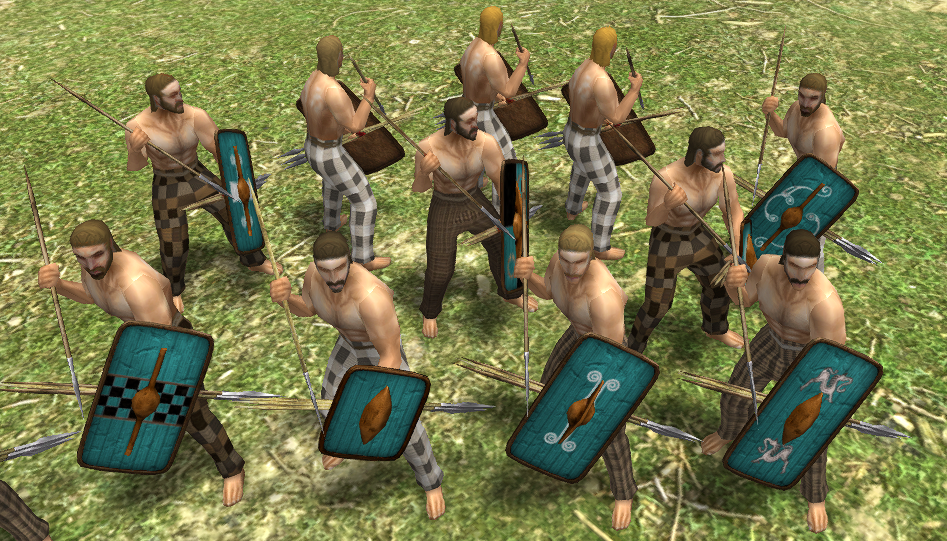
Britonnic advanced javelineer
Britonnic elite javelineer
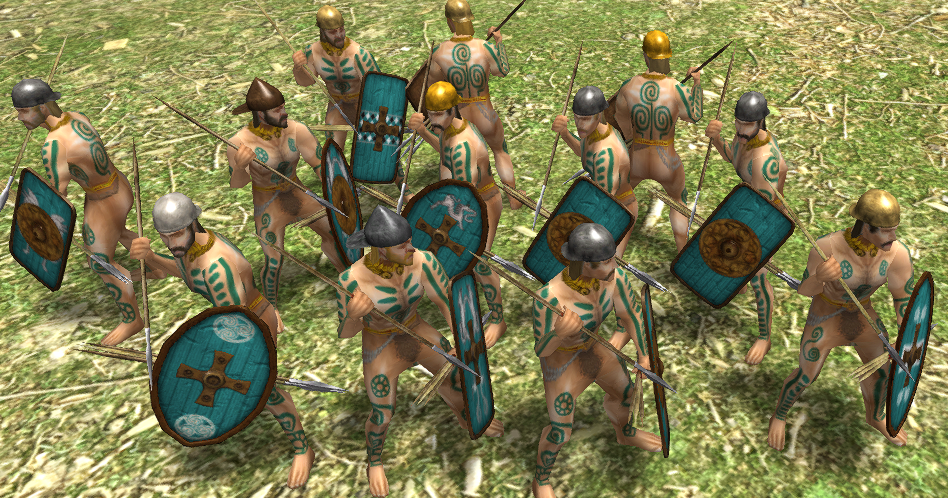
Britonnic basic slinger
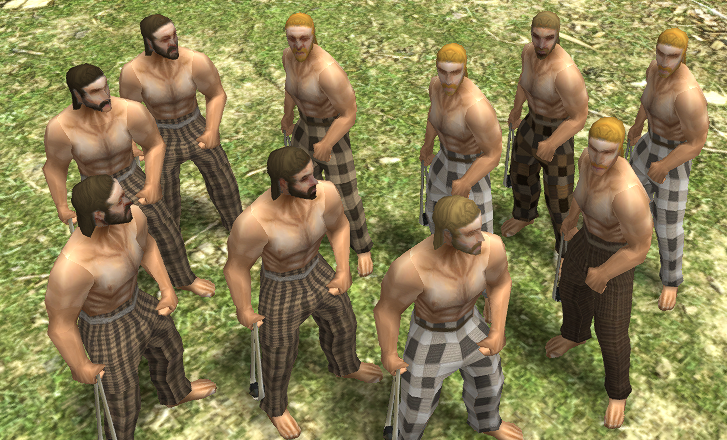
Britonnic advanced slinger
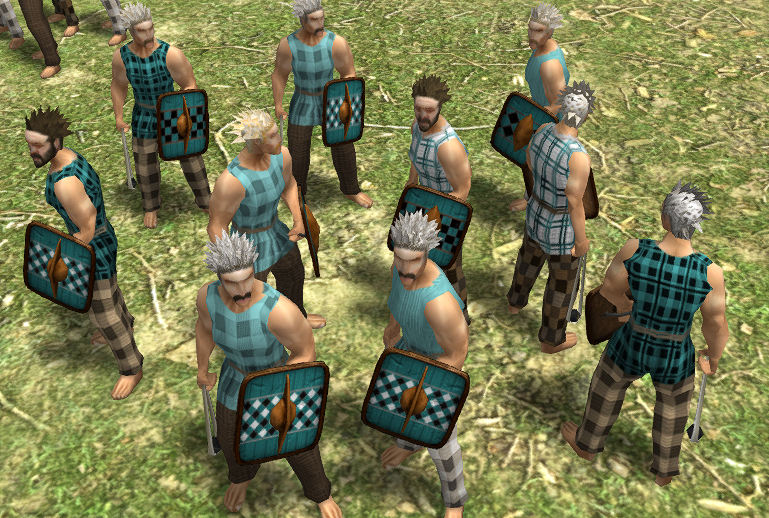
Britonnic elite slinger
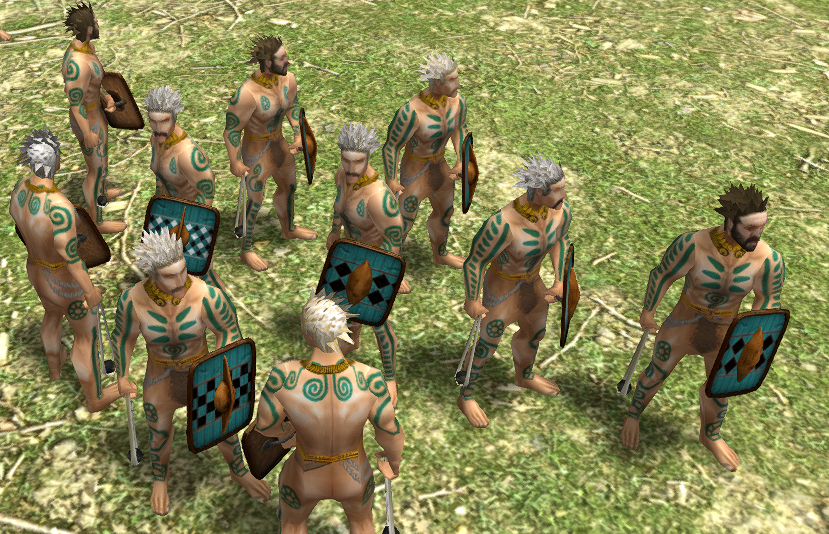
Britonnic basic spearman
Britonnic advanced spearman
Britonnic elite spearman
Britonnic basic cavalry swordsman
Britonnic advanced cavalry swordsman
Britonnic elite cavalry swordsman
Britonnic basic cavalry javelineer
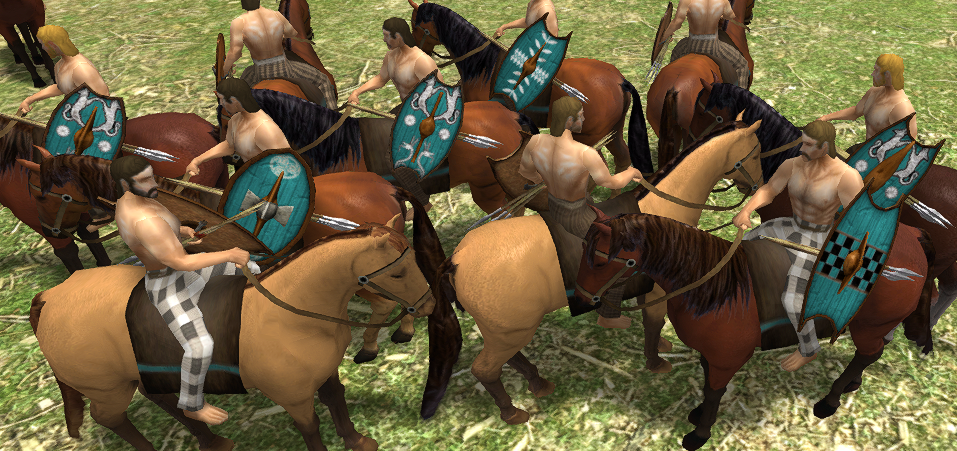
Britonnic advanced cavalry javelineer
Britonnic elite cavalry javelineer
I will give some simple suggestion to enhance the recognition of the units.
- The basic slinger, both for the Gauls and the Britons, should have a tunic because it is impossible to see the player color currently.
- The idea to have units becoming entirely naked with increasing experience is confusing for the players. It is problematic for the Gallic elite slinge, the Britonnic elite slinger, the Britonnic elite javelineer and the Britonnic elite cavalry javelineer.
- The design of the units should be simple and pure. Too much details and colors on low resolution texture is simply unreadable and unpleasant. Some torso are too complex and it is difficult to figure out what is what.
-
There should be coherent guidelines for visual changes related to experience, at least within a faction (not necessarily across factions).
- Let's make something simple for both factions: Elite = helmets. Even for slingers. At least it is visually catchy.
- For Gauls, I suggest to have cloak for all advanced version.
- For Gauls, the cavalry javelineer should have the same shields than the infantry javelineers.
- For Britons, I suggest a tattooed torso for the advanced versions, alongside pants.
- For Britons, the elite version of close-combat units should have a chain mail and the elite version of ranged units should have cloak + tattooed torso. All this in addition to the helmets.
- For Britons, the basic spearman should use the same shield shapes than the advanced spearman.
Side notes:
Why is there so much diversity in "bronze" for Celtic factions and not the others?
I find that it weighs down the visual to have so many different shades of bronze within the same faction. The dark bronze shade is also quite ugly.
Finally, the Gallic elite spearman has been forgotten for the scabbard placement change:
-
1 hour ago, GrimPixel said:
I think there should be coals for producing anything related to metallurgy.
Coal and charcoal are not the same thing.
-
I think the biggest issue is that the naval gameplay should be accessible to most factions while there is a huge gap from a historical pov.
Some groups to distinguish the size:
- Coracles, logboats, river boats etc. were basically used for trading and transportation, generally it was driven by 4 men and at the maximum it could hold 10.
- Eikosoroi were typical merchant ships with ~20 oarsmen and better at sailing. In some case they were used to military transport and to fight with archers aboard.
- The triakonters and pentekonters were the most versatile and polyvalent ship dedicated to war of ancient Greece, rowed by 30 and 50 oarsmen respectively (hence the name). They had no deck and were the most common warships, even used by pirates and merchants.
- Hekatonters/dikrotoi/biremes were larger ships, with between 100 to 120 oarsmen, already used by Greeks and Phoenicians since the 8th century BC. It had two banks of oarsmen. Assyrian and Phoenician ships had a higher desk in addition.
- Triremes, quadriremes, quinqueremes,..., and deceres were bigger and bigger versions of the biremes, with more oarsmen and more banks. A Roman quinquereme is basically 420 men, 300 of whom were rowers on 5 banks. Some of them could have siege engines.
Civ accessing up to level 5 like ships => Romans, Carthaginians, Athenians, Spartans, Persians, Macedonians, Seleucids, Ptolemies.
Civ accessing up to level 4 like ships => Han dynasty?
Civ accessing up to level 3 like ships => Maurya, Han dynasty?
Civ accessing up to level 2 like ships => Gauls, Iberians?, Britons?
Civ accessing up to level 1 like ships => Iberians?, Britons? Any future nomad factions.
-
 2
2
-
The sea battles of the Vikings were fought according to the same principles as battles on land. Each side roped most of their ships together side by side to make a platform on which to form a shield wall. The attackers tried to storm this platform, as e. g. in the battles of Hafrsfjord in 872, Svöldr in 1000 and Nissa in 1062. Ship after ship was taken and then detached from the formation to drift away. Both fleets used to keep some ships outside the formation to manoeuver; these were used to attack the enemy by going alongside and boarding, in a hailstorm of arrows, stones and spears from both sides. If the defenders succeeded in killing the attacking rowers, or if the oars of the attacking ship were broken, the attack often failed through inability to manoeuver. However, the elements of a real naval battle of the Classical age – outmanoeuvering, ramming, forcing the opponent to sail against the wind, or the use of catapults – were unknown among the Vikings. Most sea battles took place in quiet coastal waters or river mouths, where there was no space for such tactics.
When fighting amongst themselves, the Vikings’ major battles almost invariably took place at sea- witness Hafrs Fjord in 872, Svöldr in 1000 and Nissa in 1062, to cite but three examples. Nevertheless, they made every effort to ensure that a naval action was as much like a land battle as possible, arranging their fleets in lines or wedges; one side-or sometimes both-customarily roped together the largest of their ships gunwale to gunwale to form large, floating platforms. The biggest and best-manned ships usually formed the middle part of the line, with the commander’s vessel invariably positioned in the very centre, since he normally had the largest vessel of all. High-sided merchantmen were sometimes positioned on the flanks of the line too. The prows of the longer ships extended out in front of the battle-line and some of them, called bardi, were therefore armoured with iron plates at stem and stern, which bore the brunt of the fighting. Some even had a series of iron spikes called a beard (skegg) round the prow, designed to hole enemy ships venturing close enough to board.
In addition to this floating platform there were usually a number of additional individual ships positioned on the flanks and in the rear, whose tasks were to skirmish with their opposite numbers; to attack the enemy platform if he had one; to put reinforcements aboard their own platform when necessary; and to pursue the enemy in flight. Masts were lowered in battle, and all movement was by oar, so the loss of a ship’s oars in collision with another vessel effectively crippled it. Nevertheless, the classical diekplus manoeuvre, which involved shearing off an enemy vessel’s oars with the prow of one’s own ship, does not seem to have been deliberately employed, and nor was ramming.
The main naval tactic was simply to row against an enemy ship, grapple and board it, and clear it with hand weapons before moving on to another vessel, sometimes cutting the cleared ship loose if it formed the wing of a platform. The platforms were attacked by as many ships as could pull alongside. Boarding was usually preceded by a shower of arrows and, at closer range, javelins, iron-shod stakes and stones, as a result of which each oarsman was often protected by a second man, who deflected missiles with his shield. On the final approach prior to boarding, shields were held overhead ‘so closely that no part of their holders was left uncovered’. Some ships carried extra supplies of stones and other missiles. Stones are extensively recorded in accounts of Viking naval battles, and were clearly the favourite form of missile. The largest were dropped from high-sided vessels on to (and even through) the decks of ships which drew alongside to board.
OLAF I, TRYGGVASON, KING OF NORWAY (c. 964-1000)
King from 995, probably brought up in Russia after the killing of his father. He took part in raids in the Baltic and on expeditions to England. He was probably the victor of Maldon in 991. He allied with Sweyn Forkbeard. Olaf converted to Christianity in England, promising not to return. He overthrew Hakon to become King of Norway, encouraging the conversion of Norway and Iceland. He was killed at Svöld, fighting an alliance of Danes and Swedes. It was said that, recognising defeat, he leaped from his ship the Long Serpent (the largest ship recorded in the sagas) and drowned. Olaf Tryggvason’s Saga is part of the Heimskringla. There were tales that he survived.
SWEYN I HAROLDSSON (FORKBEARD), KING OF DENMARK (d. 1014)
King from 987, son of Harold Bluetooth from whom he seized the Danish throne. He led raids against England in 991 and 994 with Olaf Tryggvason. He opposed his former comrade in Norway. Sweyn’s ally, Jarl Erik of Lade, defeated Olaf at Svöld in 1000. As king Sweyn took over Hedeby and dominated the Wends. He led expeditions to England in 1003 and 1006. In 1013 he came to defeat Aethelred II, who fled. He controlled England but died in February 1014 at Gainsborough in Lincolnshire. In Denmark his son Harold succeeded but his most famous son was Cnut the Great.
https://weaponsandwarfare.com/2020/07/01/sea-battles-of-the-vikings/
-
 1
1
-
-
The best depiction of a non-classical naval battle with simpler ships:
https://en.wikipedia.org/wiki/Battle_of_the_Delta

.jpg)
Some Phoenician transport/battle ships:
https://www.worldhistory.org/image/6990/phoenician-assyrian-warship/
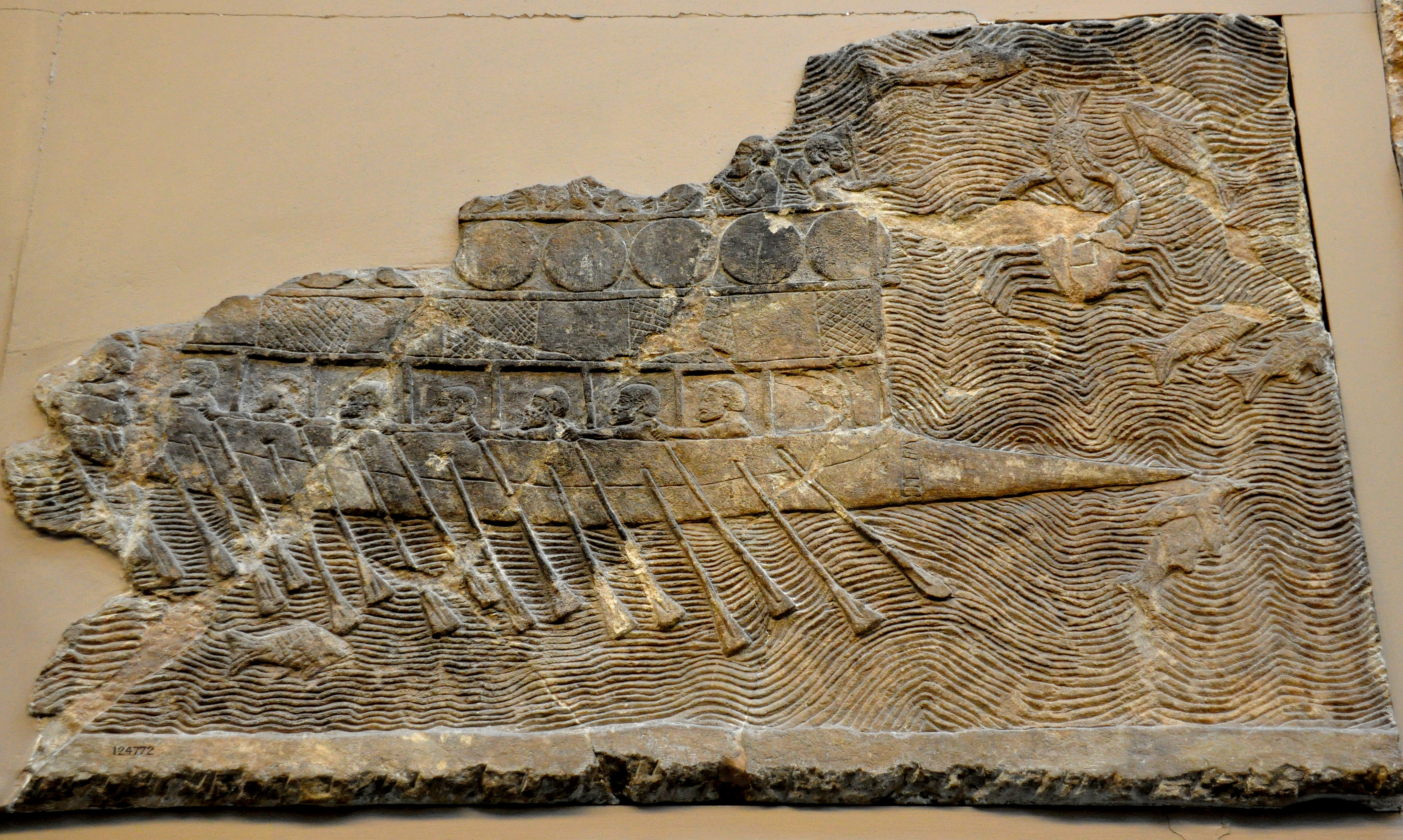
-
On 28/10/2022 at 3:48 AM, Ultimate Aurelian said:
Metallic scales never have been found in a Celtic context. Currently there is no direct remain certifying the presence of organic body protection during the Celtic Iron Age. Although there are native depictions of them during the 5th and 4th century BC, and probably during the 2nd century BC.







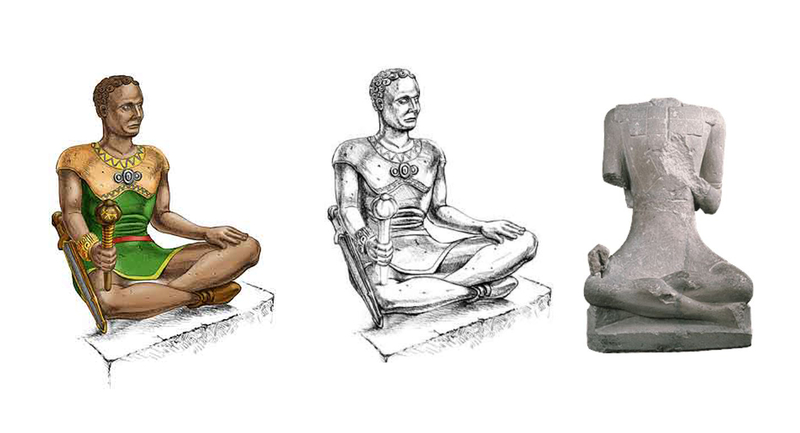
There are also a few quotes suggesting some knowledge about organic body protection:
Pliny the Elder, Natural History, 8, 73: The Gauls embroider them in a different manner from that which is practiced by the Parthians. Wool is compressed also for making a felt, which, if soaked in vinegar, is capable of resisting even iron; and, what is still more, after having gone through the last process, wool will even resist fire; the refuse, too, when taken out of the vat of the scourer, is used for making mattresses, an invention, I fancy, of the Gauls. At all events, it is by Gallic names that we distinguish the different sort of mattresses at the present day[...]
Polybius, Histories, 2, 30, 1: But when the javelineers advanced, as is their usage, from the ranks of the Roman legions and began to hurl their javelins in well-aimed volleys, the Celts in the rear ranks indeed were well protected by their trousers and cloaks[…]
Plutarch, Life of Marcellus, 7: Meanwhile the king of the Gauls espied him, and judging from his insignia that he was the commander, rode far out in front of the rest and confronted him, shouting challenges and brandishing his spear. His stature exceeded that of the other Gauls, and he was conspicuous for a suit of armour which was set off with gold and silver and bright colours and all sorts of broideries; it gleamed like lightning. Accordingly, as Marcellus surveyed the ranks of the enemy, this seemed to him to be the most beautiful armour, and he concluded that it was this which he had vowed to the god. He therefore rushed upon the man, and by a thrust of his spear which pierced his adversary's breastplate, and by the impact of his horse in full career, threw him, still living, upon the ground, where, with a second and third blow, he promptly killed him.
-
 1
1
-
-
19 minutes ago, Duileoga said:
Good morning or afternoon;
-I think the buildings with freshly laid green leaves seem prettier than with dry yellowish leaves, but you can change in future if you wish.

Sorry for the inconveniences*
I agree and I don't mind.
-
 1
1
-
-
35 minutes ago, AIEND said:
The material characteristics of bamboo limit its use, either made of thinner bamboo can throw javelins or light spears, such weapons are often disposable, and there is no need to care too much about the strength of the pole.
Either use very thick and long bamboo to make a pike for both hands (the length of this type of bamboo pike used in China is generally more than 5 meters), but it cannot adapt to the dry environment.Yeah we agree.
I also find it weird to see bamboo spears among North-African people in a dry environment.


.thumb.jpg.b21ca1d0c15fb56b42c39b25a0a40815.jpg)
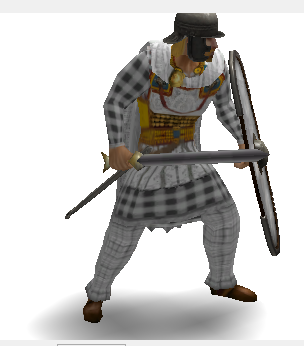
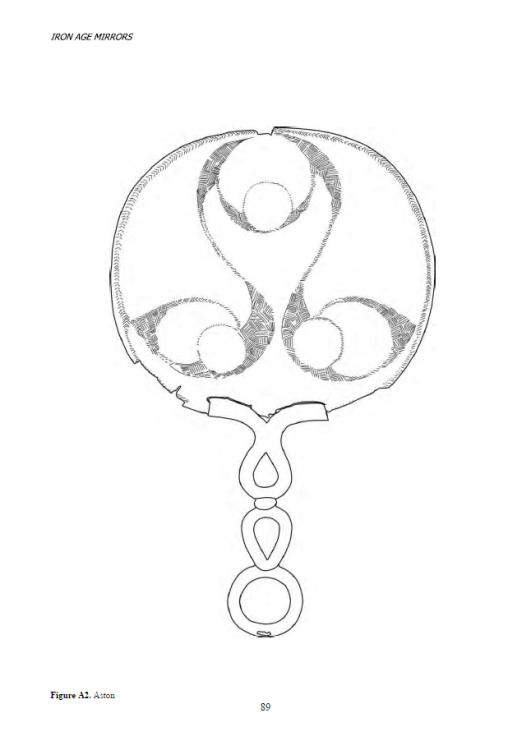
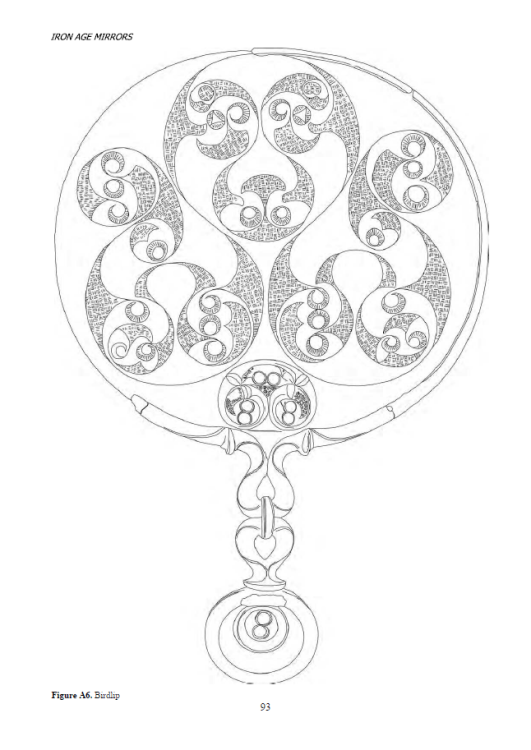
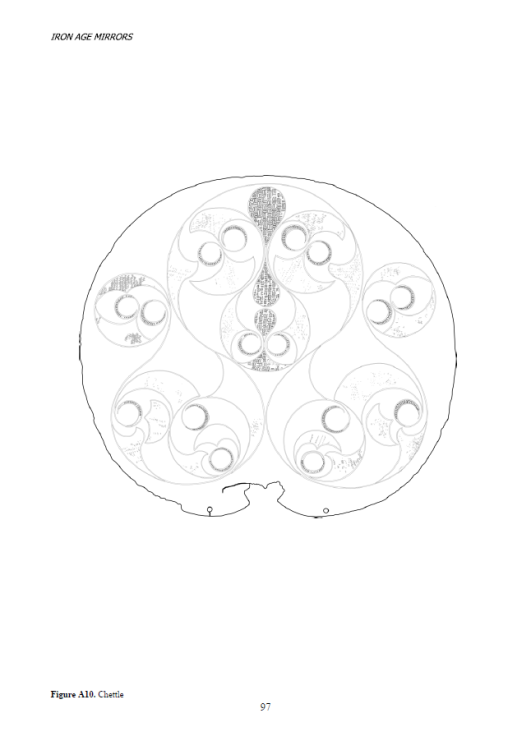
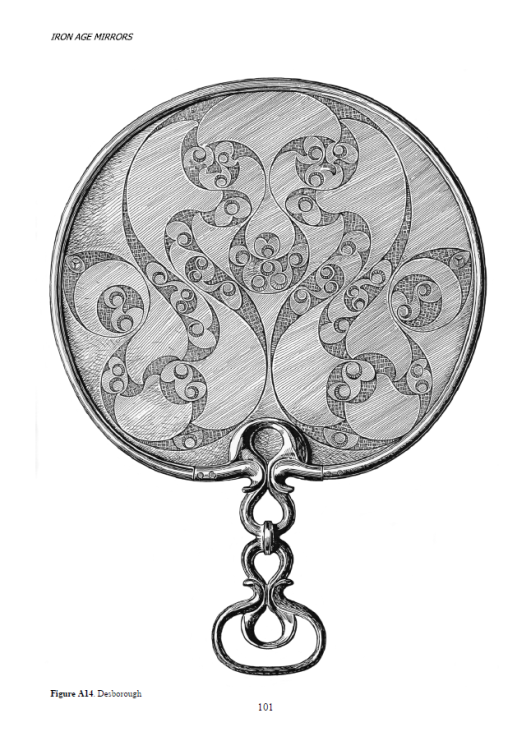
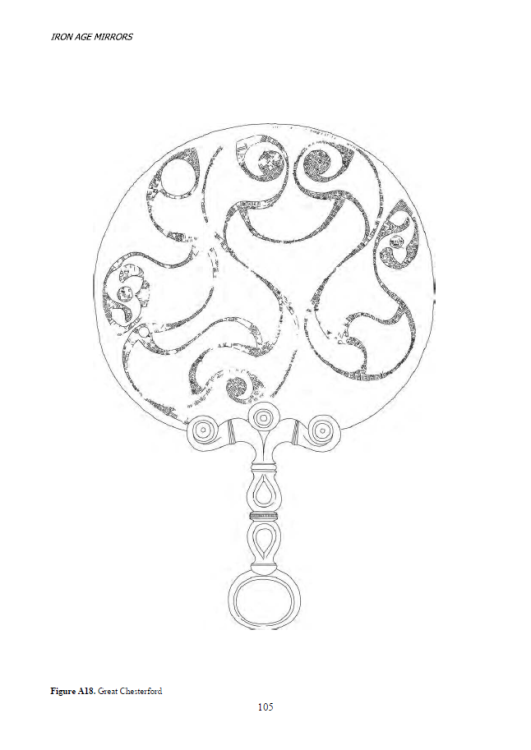
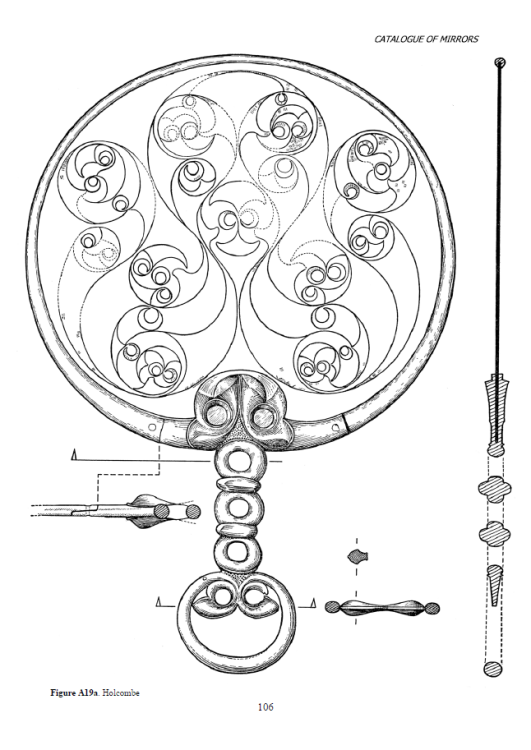
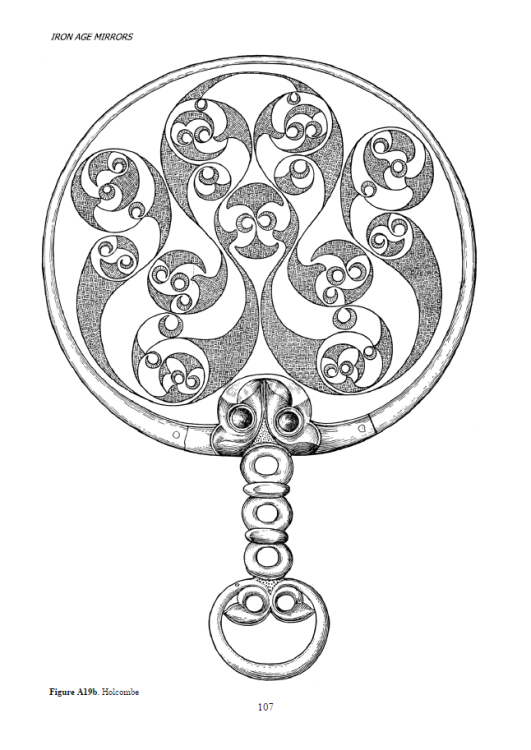
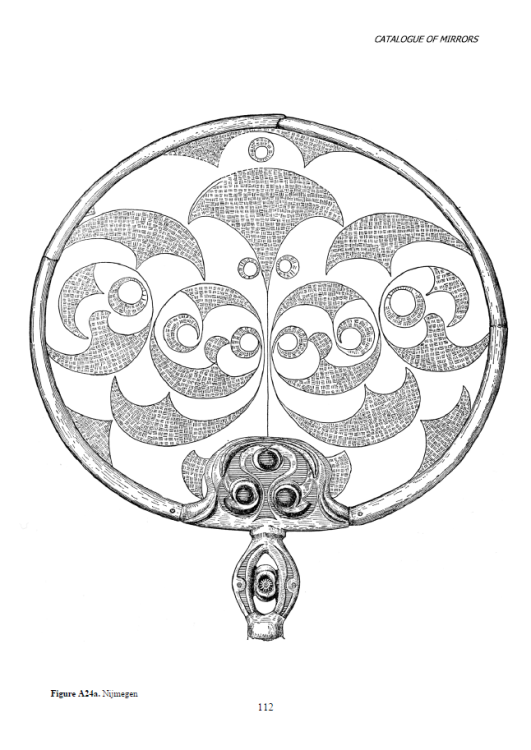
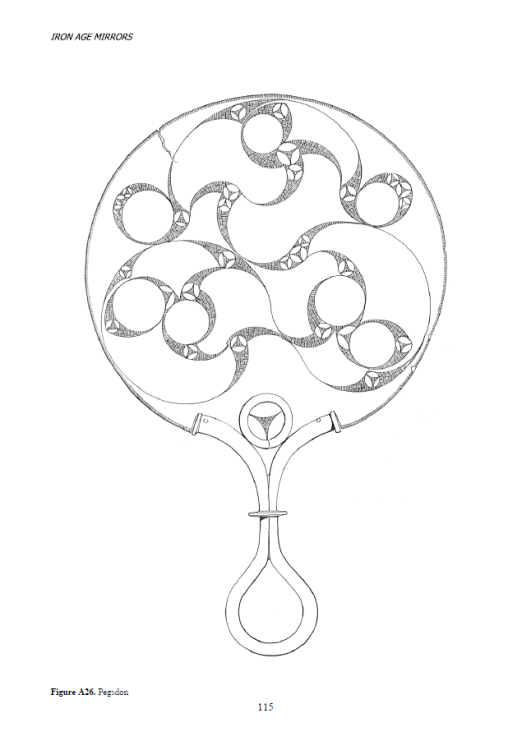
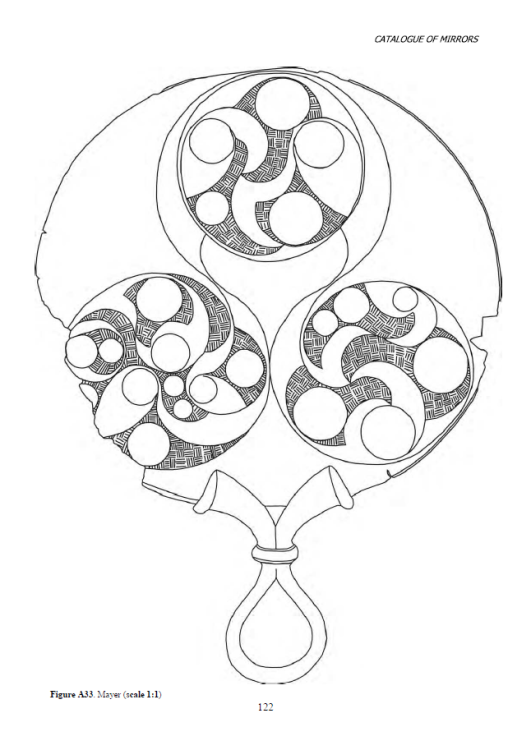
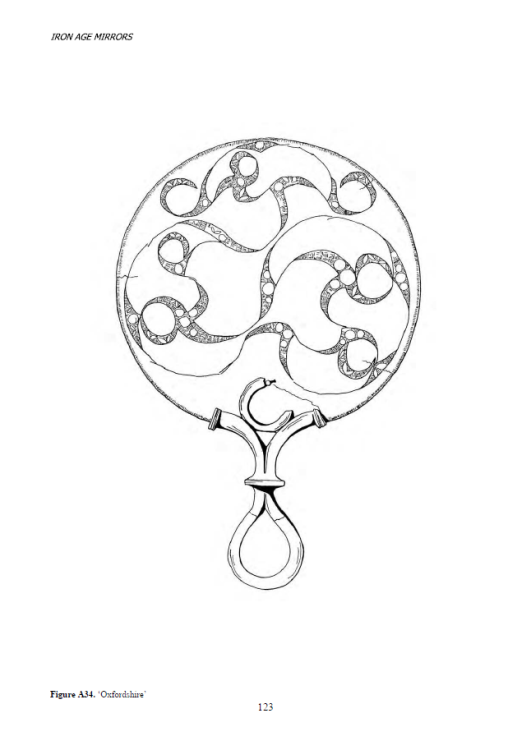
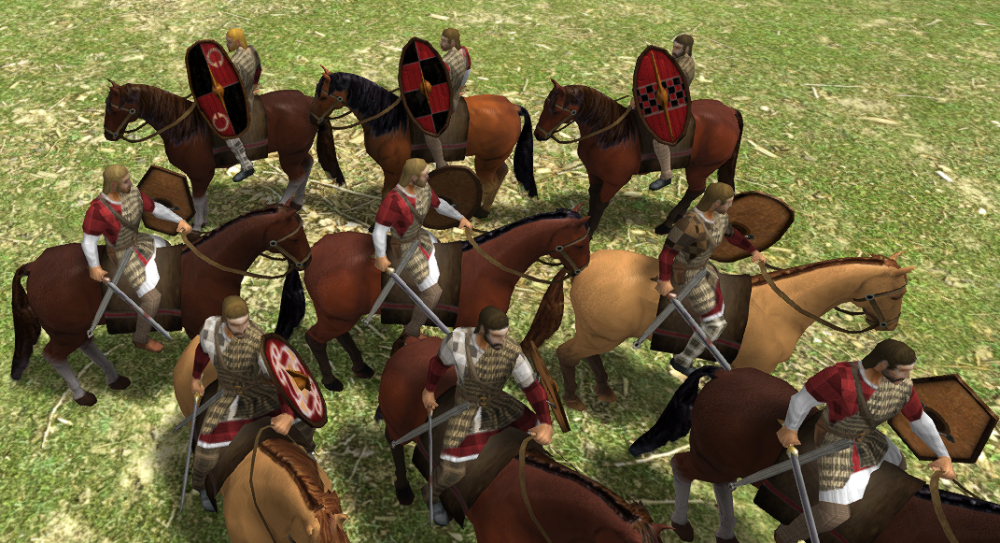
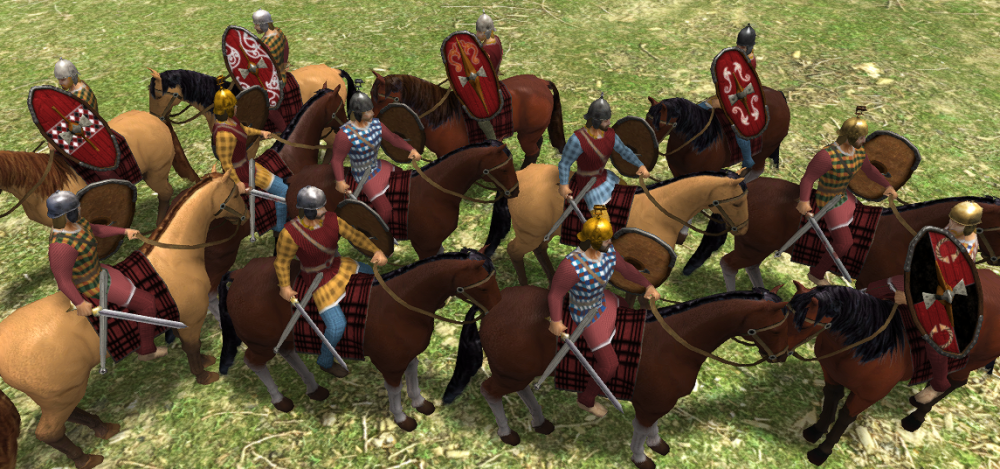
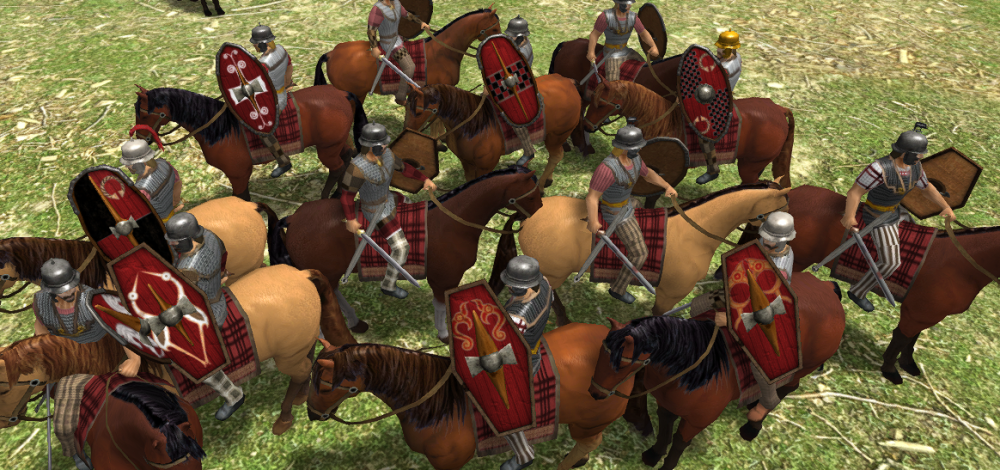
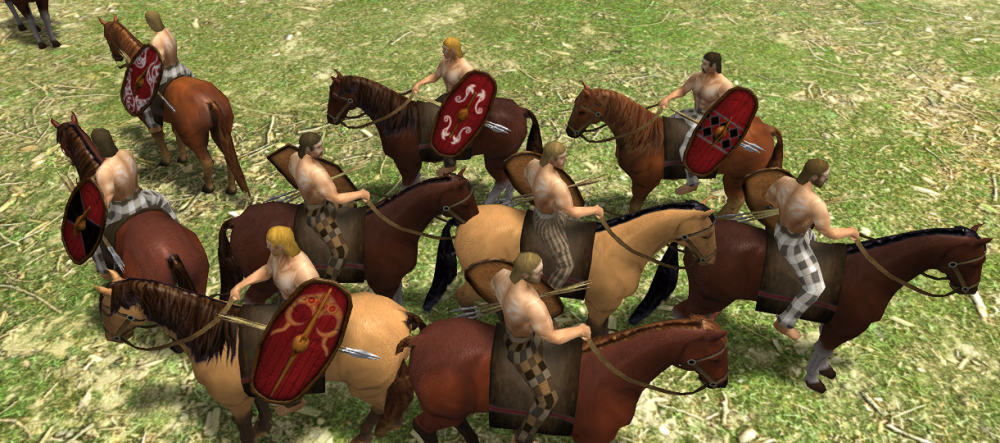
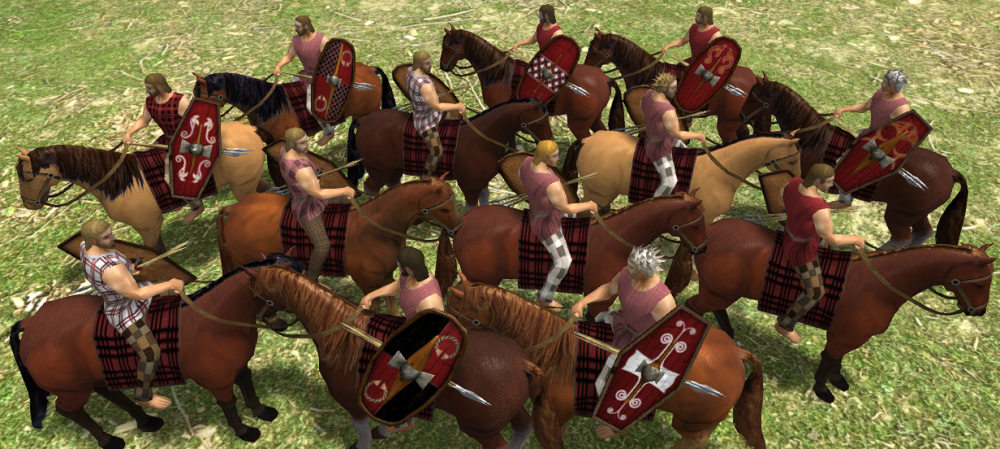
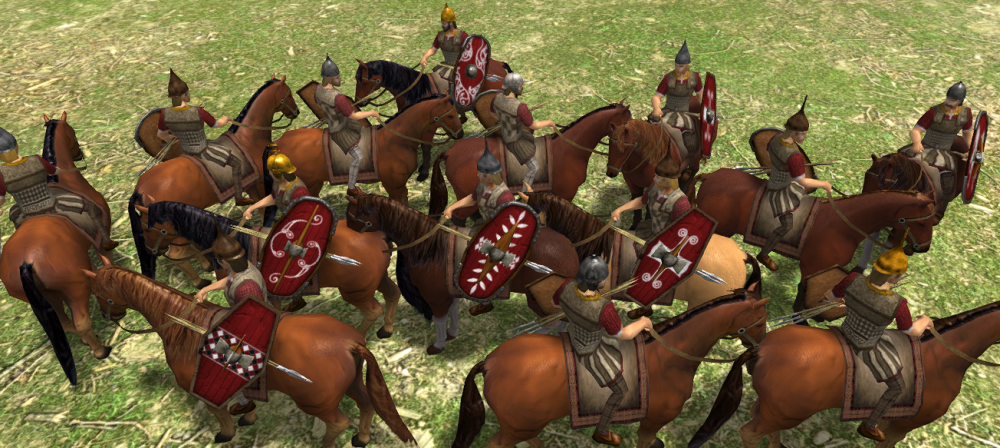
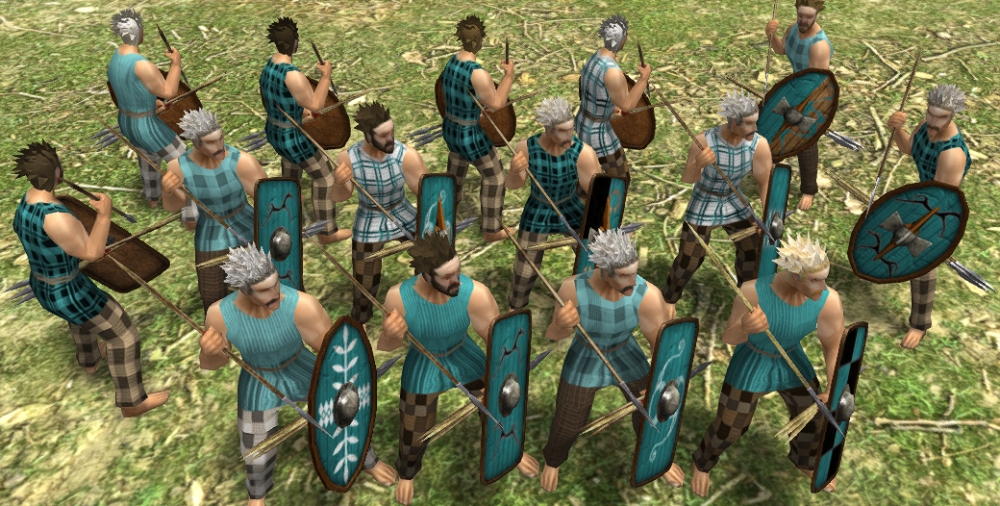
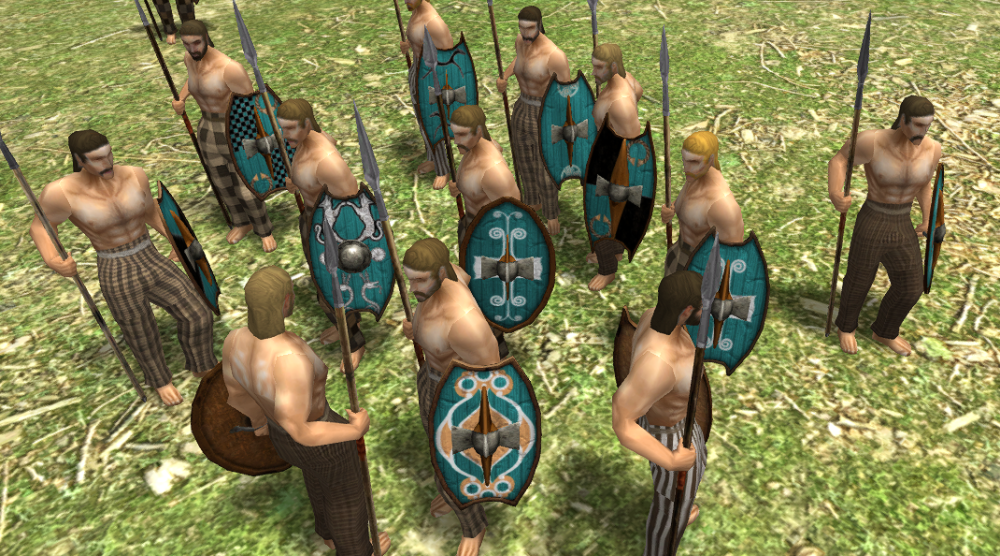
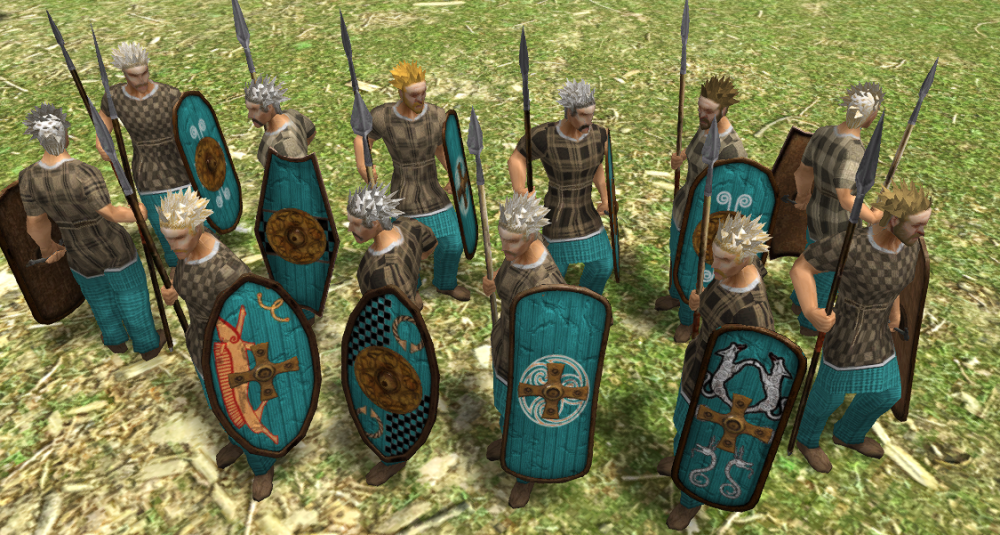
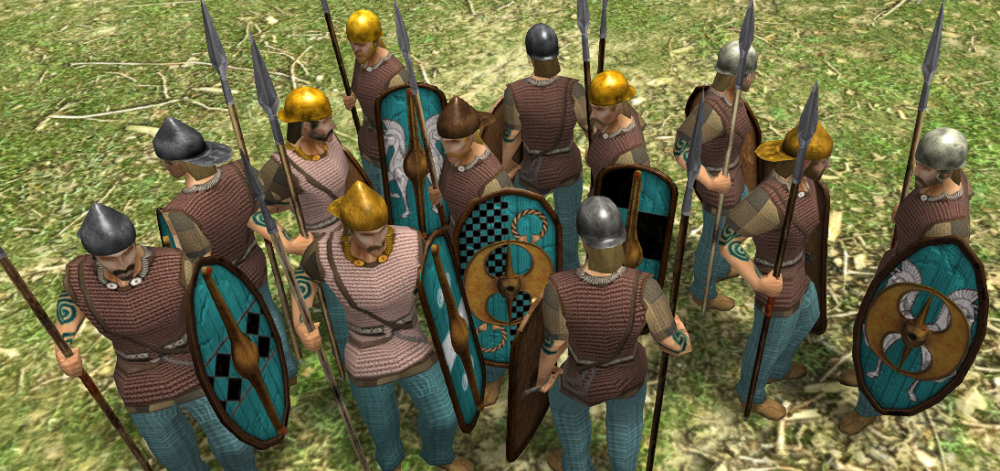
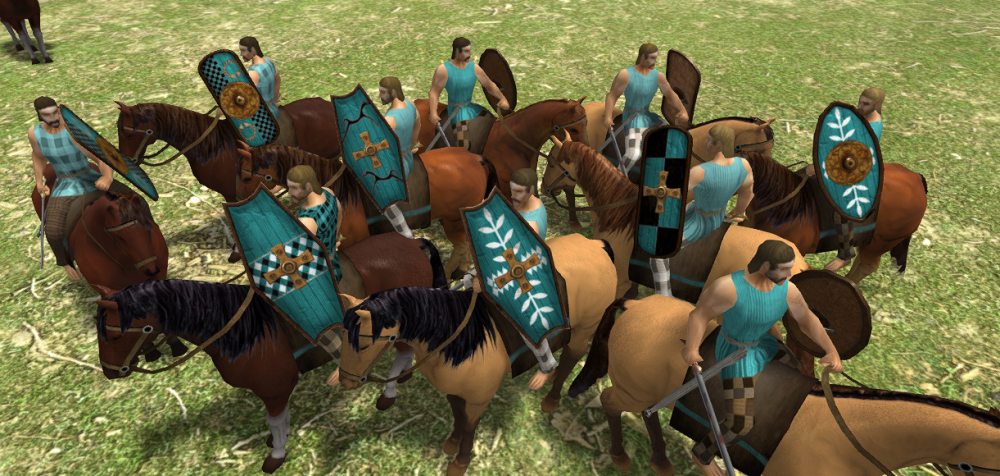
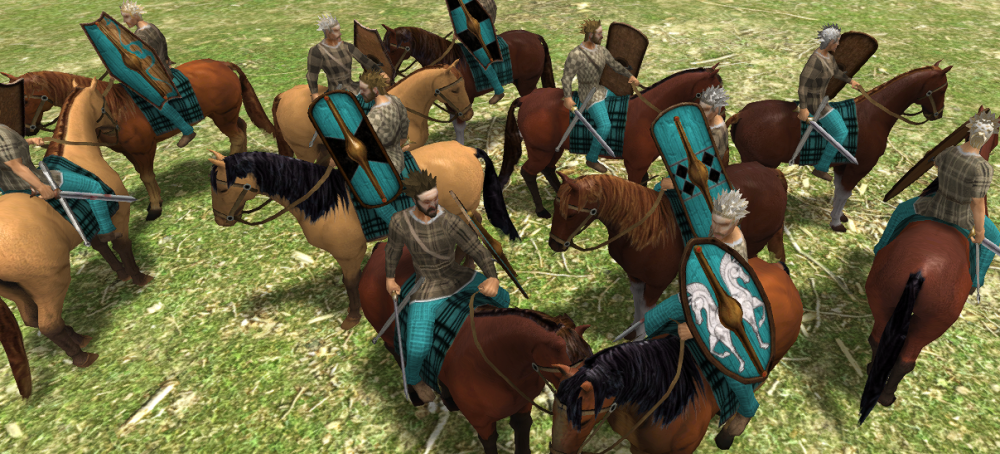
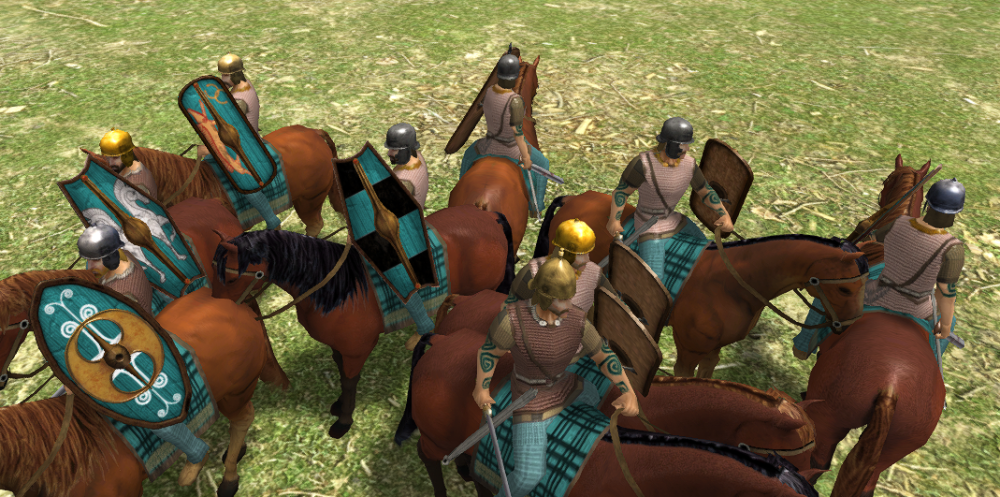
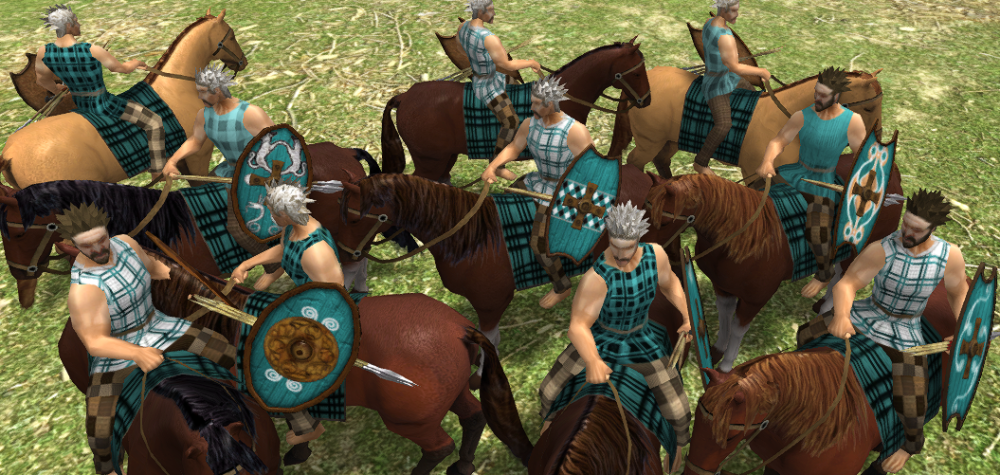
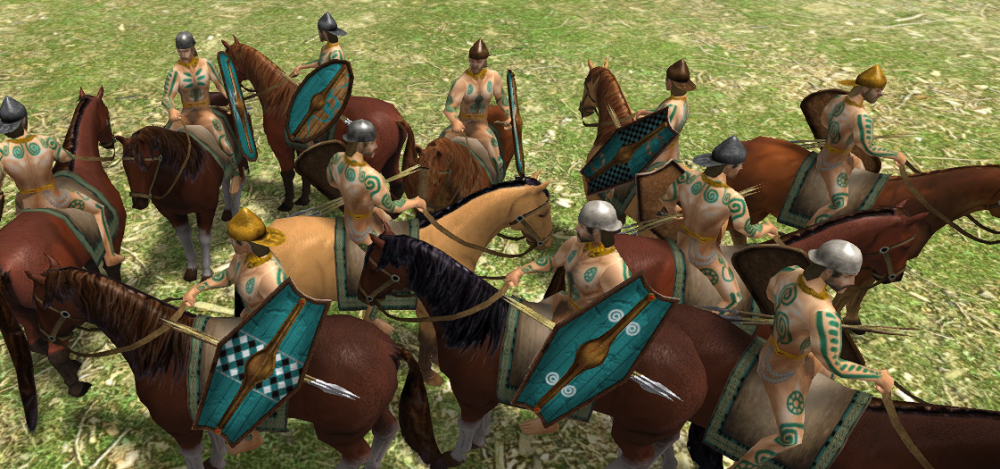
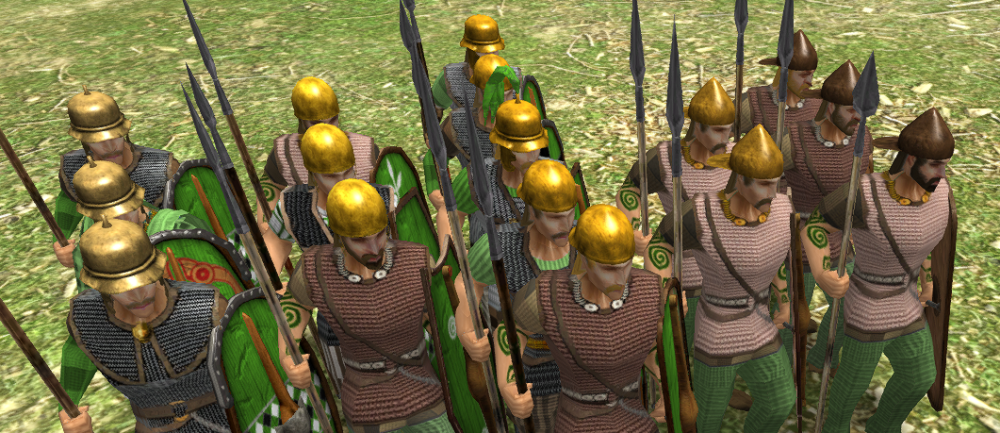
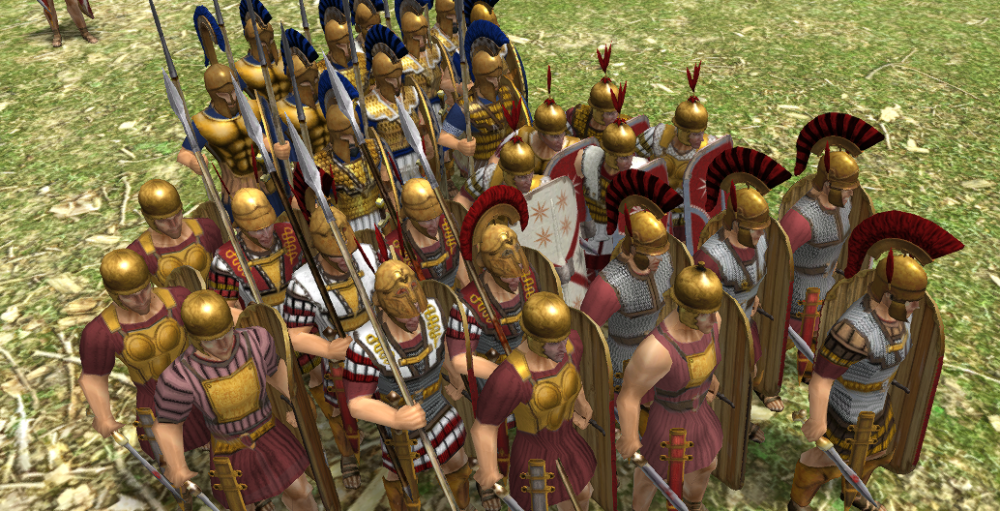
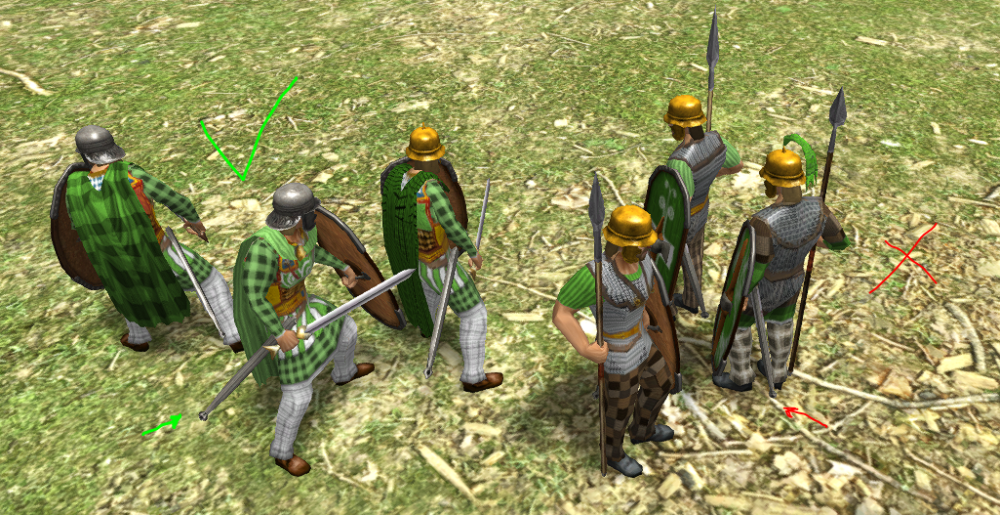
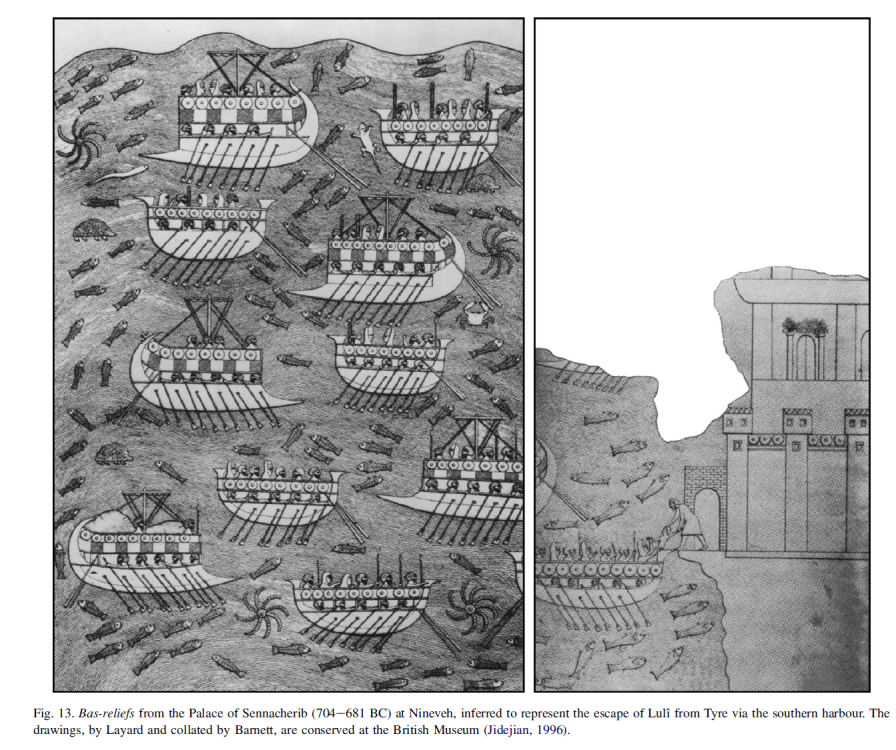
Sciritae是骑兵还是步兵?
in General Discussion
Posted · Edited by Genava55
Ton message n'est pas plus intelligent. D'abord tu as fait une remarque péjorative inappropriée, ensuite tu le provoques avec le ton que tu emploies et les accusations que tu lui portes.